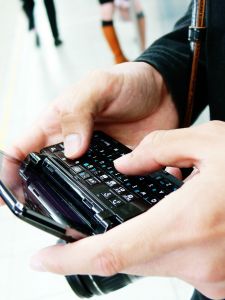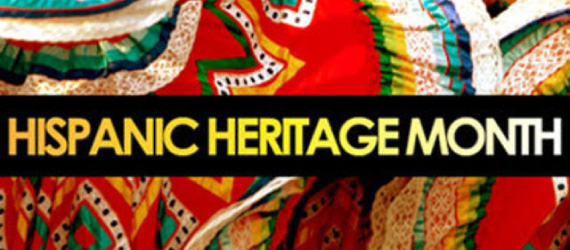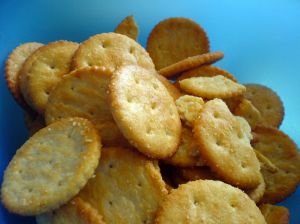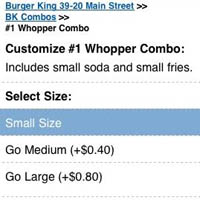‘Cambia Tu Look’ PeopleEnEspanol.com Interactive Tool
Innovative Interactive Tool Allows for Uploading Photos, Trying on Celebrity Hair and Makeup Looks, Plus Click-to-Buy Products
-First Hispanic Website to Offer Beauty Tool for Hispanic Consumers-
-T-Mobile Premiere Sponsor-
Further expanding on its celebrity style coverage online, PeopleEnEspanol.com today launched a new interactive tool, http://www.peopleenespanol.com/pespanol/cambiatulook where users can upload photos of themselves and try out new celebrity looks in hair and makeup. This technology is the first of its kind within the Hispanic market, where users are experimenting with looks designed for Hispanic women — complete with complimenting hair, skin and eye colors.
Cambia Tu Look is a free, fun, easy way to try on hundreds of the hottest celebrity hairdos, as well as lip, skin and eye colors – all in an instant. For the ultimate transformations, users can try on the complete hair-and-makeup looks of their favorite American and Latino stars such as Angelina Jolie, Jennifer Lopez, Thalia, Katie Holmes and Maite Peroni, and learn how to the exact glamorous red-carpet looks. PeopleEnEspanol.com worked with leading celebrity beauty experts to provide users with step-by-step tips on how to achieve these sexy, modern celebrity looks.
Users can try out over 100 celebrity hairstyles and experiment with hair, lip and eye colors from more than 100 popular brands, then purchase these favorite beauty items online by clicking through to a retailer.
“PeopleEnEspanol.com is the ultimate Hispanic website for the hottest trends in celebrity fashion and beauty,” says Fran Hauser, President, Digital, Time Inc. Style and Entertainment Group. “With Cambia Tu Look we are providing an exciting, engaging experience for women where they can sample with new looks and shop for their favorite beauty brands.”
“Beauty and style are defining characteristics for Latinas,” says Lucia Ballas-Traynor, publisher, People en Espanol. “They have been following the hottest trends of today’s stars but now they can be inspired by creating their own unique looks and styles that differentiate them from mainstream.”
The makeover tool was designed and created in partnership with TAAZ, a San Diego-based technology company.
Source: People en Espanol










